I have a love-hate relationship with soft shutter releases. On the face of things, they are an excellent idea. They improve the precision of pressing the shutter and, generally, enhance the handling of any camera equipped with the necessary threaded socket. But there are two major problems with these useful little devices.
The upside
A soft-release shutter button has several advantages. It makes finding the shutter button easier because it is raised from the top plate and the forefinger locates it naturally. Above all, though, it helps reduce camera shake — which is important on a non-stabilised Leica M or on the new Fujifilm GFX100RF. Finally, shutter release buttons in various colours are pretty and enhance the appearance of any camera. They add a touch of individuality.
The downside
Firstly, they can run down your battery quickly. If you forget to switch off the power when putting the camera into a bag, the protruding shutter release will insist on waking the camera repeatedly. If you are particularly unlucky, you will be shooting hundreds of black shots of the inside of your camera bag.
But the worst fault is that soft shutter releases persist in coming unscrewed and falling off. I have lost count of the pesky things that have been lost without trace. Please let me know if you have been blessed with perfect shutter button retention over the years. If you have, you are special.
A tale of woe
The last to go was a rather spiffy gloss-black model. I can’t remember where it came from, but I mounted it on my latest review camera and bonded with it instantly. Then, one day, it just wasn’t there.
I am now down to my favourite release buttons that I am too afraid to use for fear of losing them.
One is a dinner-plate of a release embossed with the Leica Society International logo. It was a present at one of the annual gatherings of the society I attended in Wetzlar and, therefore, has rarity value and losing it would be extremely careless.
The other two are rather exquisite “bugs” from Match Technical. I’ve always delighted in using these solid-brass buttons, but losing them is hard. I lost one while out walking on the banks of the River Thames in London some years ago; I was devastated. But…
Eureka
Imagine my delight, then, when I walked the same route two months later and, quite by chance, spied a slot of red in the interstice of a paving stone. My beloved bug had returned to daddy!
Encouraged by this, I ventured to use it again. But once more it disappeared after a few days, and I kicked myself heartily for taking the risk of using it. Then, a full week later, I found it wedged behind one of the padded dividers in a camera bag. The Match Technical bug is now a display item, not to be used under any circumstances.
However, if you must have the best, a Match Technical bug will satisfy the most fastidious connoisseur. They used to be expensive, but I see that they retail for around £22 | $25, which is much more affordable and, for the quality, is definitely a bargain.
Is cheaper better?
Having determined that I couldn’t go on losing shutter release buttons, especially a collector’s item such as the LSI confection, I decided on another tack. Why not look for really cheap ones that can be replaced easily?
Hello Mr Amazon! Soon I discovered a world of inexpensive soft shutter releases that are cheap enough to replace repeatedly. For example, this set of two buttons (one convex, one concave) from our old friends at JJC, is a mid-priced offering for an affordable £8 (or £4 each). They come with a rubber washer which will help prevent the button from unscrewing and getting lost (thus addressing the major reservation with these buttons).
Haoge, a company that we have come to trust for various accessories, including thumb grips, offers a similar single button (with O ring) for £10. Another company, Patikil, is offering three buttons with knurled edges for £7. Again, these buttons come with the security O ring and are made of copper.
Then I saw a real bargain which, if for nothing else, would provide the opportunity to try out the O ring system. Four concave buttons in various colours and four rubber rings for £7, or £1.75 each. This, I reasoned, would be a good test rig to see if the O-ring idea really works. And who cares if one of them falls off every month.
Weighing ’em up
The package of four buttons arrived today. Manufactured by a company called Erioscar, they are said to be made of “100% high-quality brass”.
The buttons in come in red, silver, black, and gold. They screw into any of my cameras firmly and the little rubber ring should stop movement.
The design is minimal. But, short of adding a good piece of artwork (as with the Match Technical bugs) there’s not much you can do to make a shutter button look different. At least the paint is nice and glossy.
I tried to assess whether they are actually made from brass, as claimed, but I can’t be certain. Unusually, though, the screw threads are painted.
With most other soft release buttons I’ve handled (including Match Technical) the thread is bare metal. That makes the brass obvious.
The cheap button feels a little lighter than the Match Technical. However, I do not have the equipment to measure weight accurately because they are so small and light.
But the cheap buttons work, and I am eagerly awaiting to be able to use them without worrying about loss. And for £1.75 each, you can’t go far wrong.
Paradox
This raises a paradox. The Erioscar buttons are pretty basic in appearance, although they work well. If the rubber-ring trick does actually work (as I think it will), then it will indeed be difficult to lose them.
If they do stay the course, I will be encouraged to try a rubber ring with one of my favourite Match Technical bugs.
Is the cheapest best?
Occasionally, the cheapest solution is the best. I demonstrated this in my May 2025 article, where I covered two other popular camera accessories, third-party hoods and thumb-grips. My little Erioscar buttons bear no comparison with Leica’s finest shutter release button. But you pay £65 a pop for a Leica button. That’s no joke if it falls off the first time you take out the camera.
I will report back by adding a footnote to this article when I have given the cheap release buttons a couple of months of use.
Things to consider
As with any accessory, it is important to ensure that any soft release button is compatible with a particular camera. All the suppliers included in this article provide a list of compatible cameras. Nevertheless, you should take care in attaching a button. Ensure it is not too tight and has a compatible tapered thread.
Finally, and perhaps most importantly, if you are using an accessory shutter button you must make sure your camera’s power is switched off — not just on standby — when putting the camera in a bag. Double check that the power lever has not been nudged to “on” during the storing process. Otherwise, the camera can wake constantly, thus running down batteries, and could even fire a barrage of wasted shots.
More on Match Technical soft release buttons
Make a donation to help with our running costs
Did you know that Macfilos is run by five photography enthusiasts based in the UK, USA and Europe? We cover all the substantial costs of running the site, and we do not carry advertising because it spoils readers’ enjoyment. Every amount, however small, will be appreciated, and we will write to acknowledge your generosity.
This article includes affiliate links which, if used to purchase a product, will result in a tiny (very tiny) commission to help run this non-commercial website.

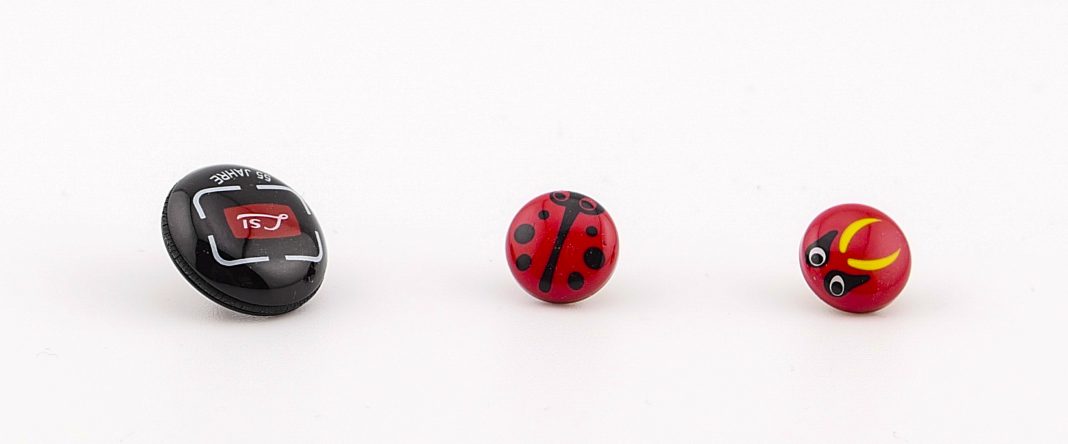
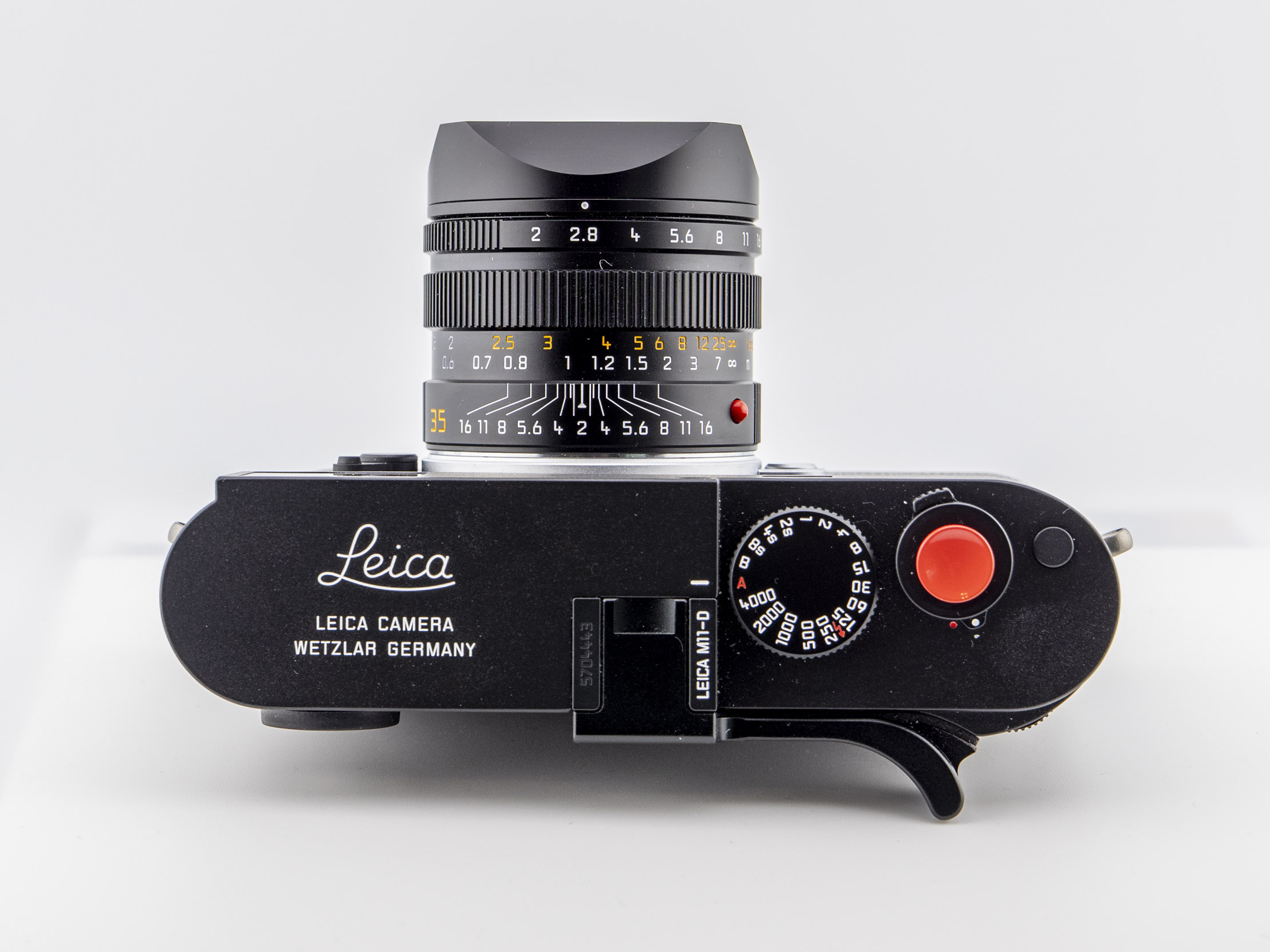
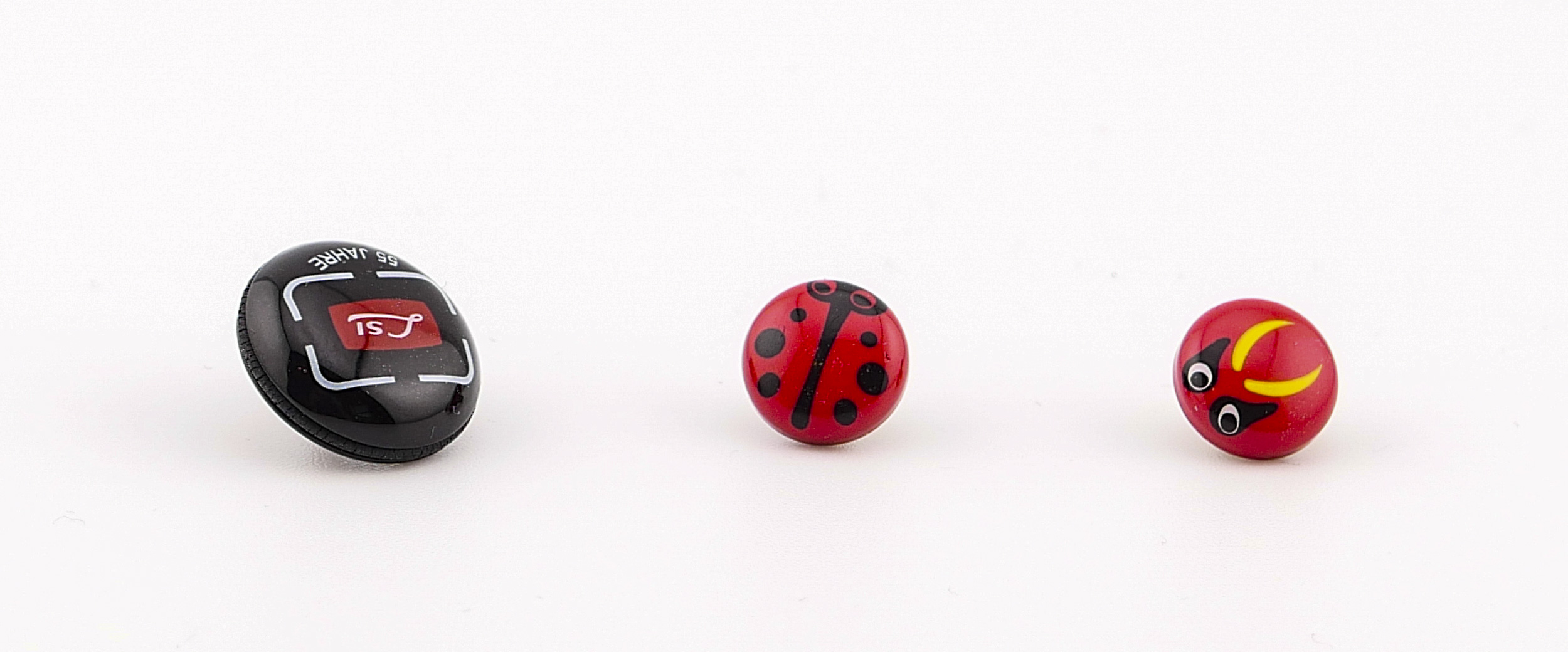
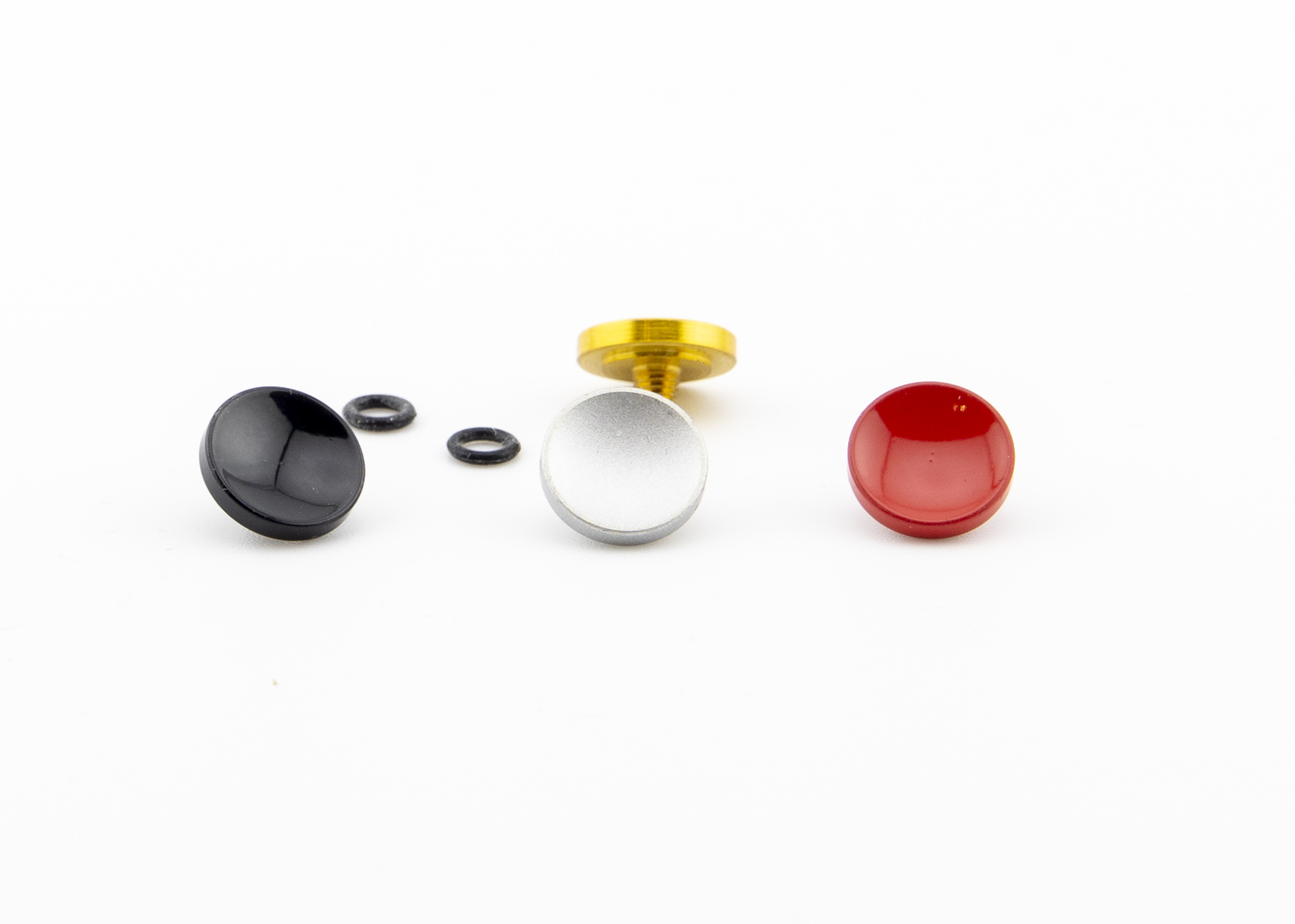
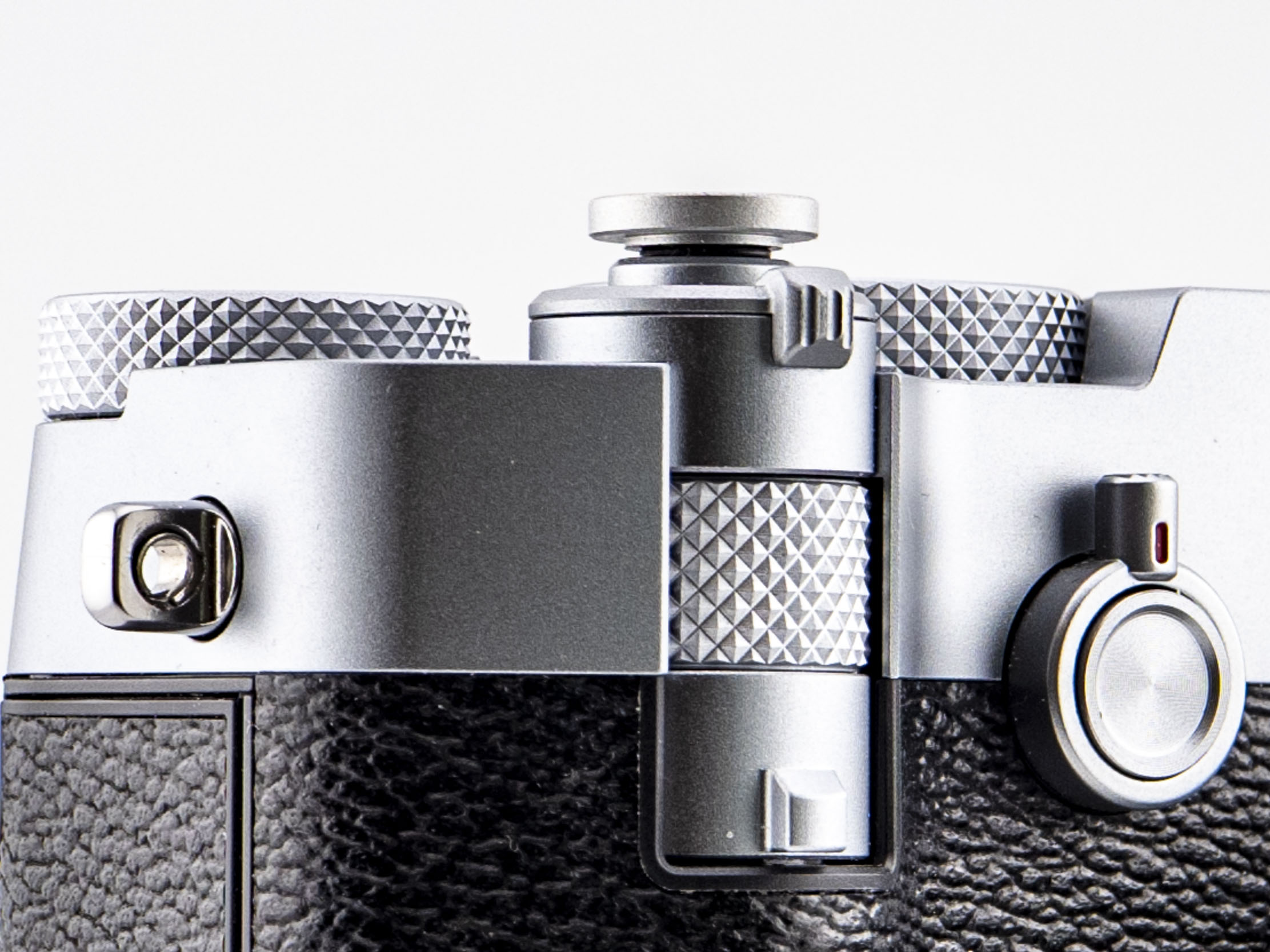
I have been using soft releases for years. My good friend Tom Abrahamsson invented what he called the “Softie” many years ago, and sold them for many years until he died. Tom, you may remember, also invented and produced the Abrahamsson Rapid Winder long before Leica re-issued them with the Leica MP. Tom used a belt drive which was a big improvement over the original Leicavit drive.
When Tom came up with the concept of the Softie, he explained that the proper way to use it was not with your finger tip. Rather, you put your finger over the Softie at the first joint of your finger. This gives you a much smoother release without camera shake. I was skeptical at first, but became a convinced convert and have used them ever since.
From a mechanical engineer’s viewpoint, they are an extremely bad idea. They allow far greater loads to be transmitted into the shutter release button than it was ever designed for.
Every Leica M has a shutter release button that is surrounded by a protective collar. It is part of the the on-off switch in a digital M and the hub of the wind-on lever in a film M. This is carefully designed to prevent any sideways loading on the shutter button and also to prevent excessive downward loading being applied to it (for instance, if the camera is knocked from above or is placed in a too-small camera bag). A soft release completely defeats this designed-in protection, allowing unlimited downward and sideways loading of the shutter release button, which the camera’s internals were not designed to withstand.
If you bought one of these, loosing it might be the best thing that ever happened for your camera!
Have a look at: http://zuiko.com/web_5__20150924_029.htm
and http://zuiko.com/index_006.htm explains it very clearly.
Thanks, Alistair, useful information. I’m sure readers will be interested. It appears that Leica and other manufacturers don’t seem concerned by this worry, since they sell many of these buttons. It will be interesting to see an official reaction from them.
I’ve only ever tried a soft release button once on an x100, lost it on the first outing. Never been tempted to try again 🙂
I bought a smallrig L bracket for my Fuji, it came with a red shutter release button. I fitted it curious to see how it would be in real world use, as id never previously considered one.
I must confess I like the tactile feel, and being able to quickly locate the shutter release in low light is decent. I use back button focusing, so how it works if you use the half button press focus method I have no idea.
I also love the L bracket when out with my tripod, no faffing around screwing brackets to the base, just slot it into the clamp tighten and away you go.
Making photography more fun with less hurdles to the shot.
What a coincidence ! I have both red bugs shown in Mr. Evans’ photo and a black version of the red/yellow bug. This black bug was lost while I was taking pictures of the Kyoto Tower on a summer evening in 2013. Luckily, I foung this little bug on the pavement while walking back to the hotel in Kyoto Station. A joy that was forgotten but for Mr. Evans’ article and other readers’ comment. Thank you.
Bugs do seem to have a habit of turning up after languishing in pavement cracks (my experience and Keith James’s). But it’s even more of a coincidence for another photographer to pick up someone’s lost but. Most people would have no idea what they are for. Nice story.
I absolutely love soft shutter releases. I lost my first release what seemed like instantly! My additional superlative Match Technical soft releases got a rubber washer installed and that solved the problem.
Yes, that’s a technical detail I should have mentioned, the smallrig has a rubber gromit on it, so when screwed on it’s tight and doesn’t seem to work loose – yet.
Hi Mike, I have twice lost the bright red soft shutter button on my M240. On each occasion, I noticed that it had gone, and retraced my steps, staring at the ground in search of it. I found it both times, in one case, wedged between two paving slabs – one of the benefits of that Leica-red color! I now make sure it is well-tightened whenever I set off…. Cheers, Keith
Looks like they love cracks in the pavement.
Thanks for this — a genuinely useful post! I’d always wanted a good soft release, but didn’t want to pay the Leica price (for the same money, one can buy a battery-operated hand-held leaf flower, or electric pruning shears 🙂
The advice about the o-ring and the links are very helpful.
Glad you found it useful, Kathy. I suspect the O-ring idea has been around for a while, but I hadn’t come across it before. It does seem to work.